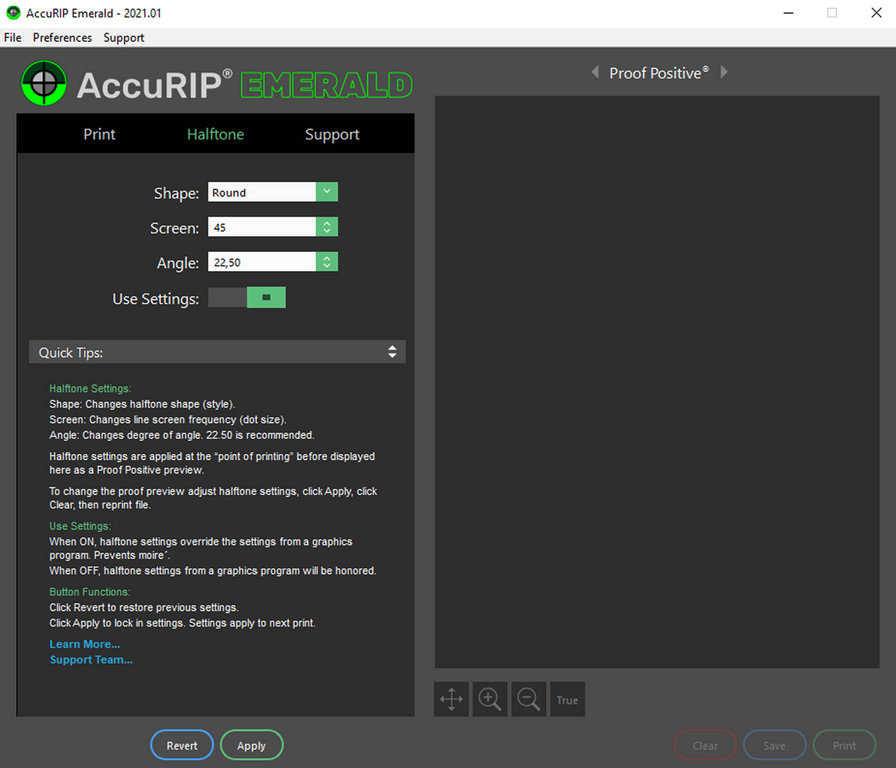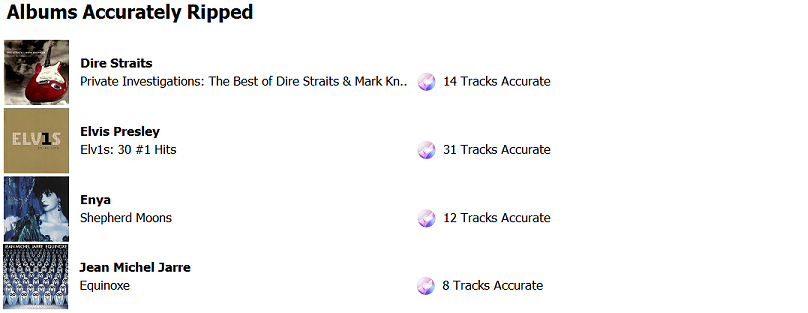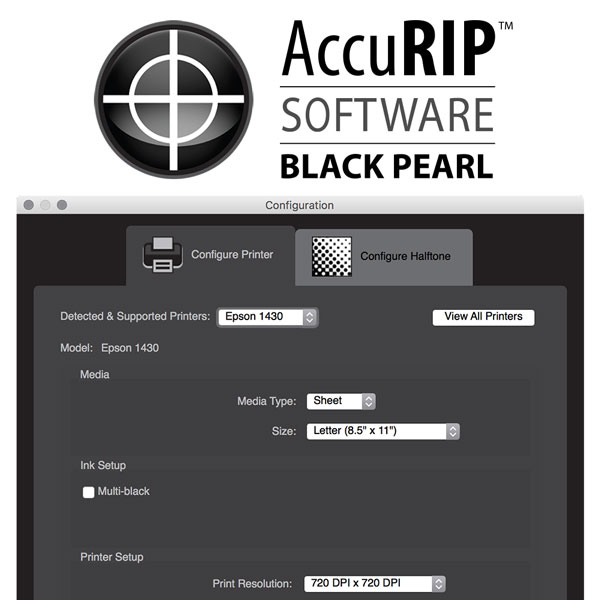

- REMOVE ACCURIP REGISTRY FULL
- REMOVE ACCURIP REGISTRY CRACK
Some argue that this is harder to do manually, but again it just goes back to your personal print method. Riding the blade of the squeegee on the print edge, through the proper mesh will help you get the cleanest print.Your own repeated technique/system will be what makes your jobs easier and consistent. The speed, angle and pressure should be consistent for every print.Use the right types of inks, additives, and or specialty materials for your design and garment is imperative.The lines (artwork) should be clean and crisp.
REMOVE ACCURIP REGISTRY CRACK
The garment should wash well, shouldn’t crack and be fade resistant. The feel of the print should match the feel of your fabric, so that it feels as though you are wearing a plain shirt. You simply spray the remover onto the burnt or discolored areas of the shirt, and run the shirt back through the dryer.Īs always if you need help call one of our professionals today. Scorch Remover will remove light-medium burn marks, or sun discoloration. In this case usually you can correctly cure at 280-285 degrees Fahrenheit.Īnother product that is helpful is Tekmar Scorch Remover. Some heat sensitive fabric like spandex, or some workout wear will need a low cure additive like 3804. Most athletic jerseys with thicker ink deposit require 340-350 degrees Fahrenheit. For a standard ink deposit on a white shirt you are usually safe with about 300-310 degrees Fahrenheit. For thinner ink deposit on a white shirt you can cure at a temperature of about 290-300 degrees Fahrenheit. REMOVE ACCURIP REGISTRY FULL
We suggest that you have a few spare garments to test print and wash before full production.

You want to get the shirt as hot as possible without scorching it, so this is where you need to test out your prints.
White shirts don’t hold as much heat as darker shirts, so it more than likely that your scorch marks will appear on the white shirts. More ink is required on a black shirt, because of the white under-base, so that means that you would cure that shirt at a higher temperature. The ink deposit required for a white shirt, instead of a black shirt will cure at different temperatures. 🙂īelow are some different techniques that will help you pinpoint what’s scorching your screen prints: However, if you already own a good quality dryer than most likely your temperature setting isn’t ideal for your type of print and you are to blame. The Quartz Dryer warms up in seconds and maintains it’s set temperature, ensuring consistent performance. Purchasing a Workhorse Powerhouse Quartz Dryer would be ideal to eliminate this problem since their technology and craftsmanship makes it one of the best dryers on the market. Your garment will literally get burn marks where it has been overly cured, which can result from inconsistent and high dryer temperatures. Scorching your screen print is a common mistake for people newer to screen printing. 1/4″ Solid Aluminum & 1/8″ Soft Top Rubber is an industry standard on major automatics.Ĭome try screen printing with aluminum and the rubber tops in our screen printing classroom in Los Angeles. If you are happy using wood platens, then by all means, stick with what works for you. If you’ve already made the switch to aluminum platens then it could be beneficial to try printing with rubber tops. Make sure to buy replacement rubber tops and when glueing the new rubber tops onto the platen use a high quality glue and try to get the rubber as seamless as possible. While the aluminum platens are more efficient, the rubber tops over time will need to be replaced. 
The rubber tops also give the print a softer finish, making the plastisol ink feel more like a waterbase ink screen print. However, the rubber tops can be added to help dissipate the heat faster. This added heat on the aluminum platen can cause the ink to prematurely cure. While this causes the wood to change shape over time, the aluminum will retain the heat, but maintain it’s shape. Every flash cure increases the temperature of the wood or aluminum platens. In general the aluminum platens tend to last longer than the wood platens and the aluminum is easier to clean. Rubber top aluminum screen printing platens have been an addition that some screen printers are adding to their businesses.







 0 kommentar(er)
0 kommentar(er)
